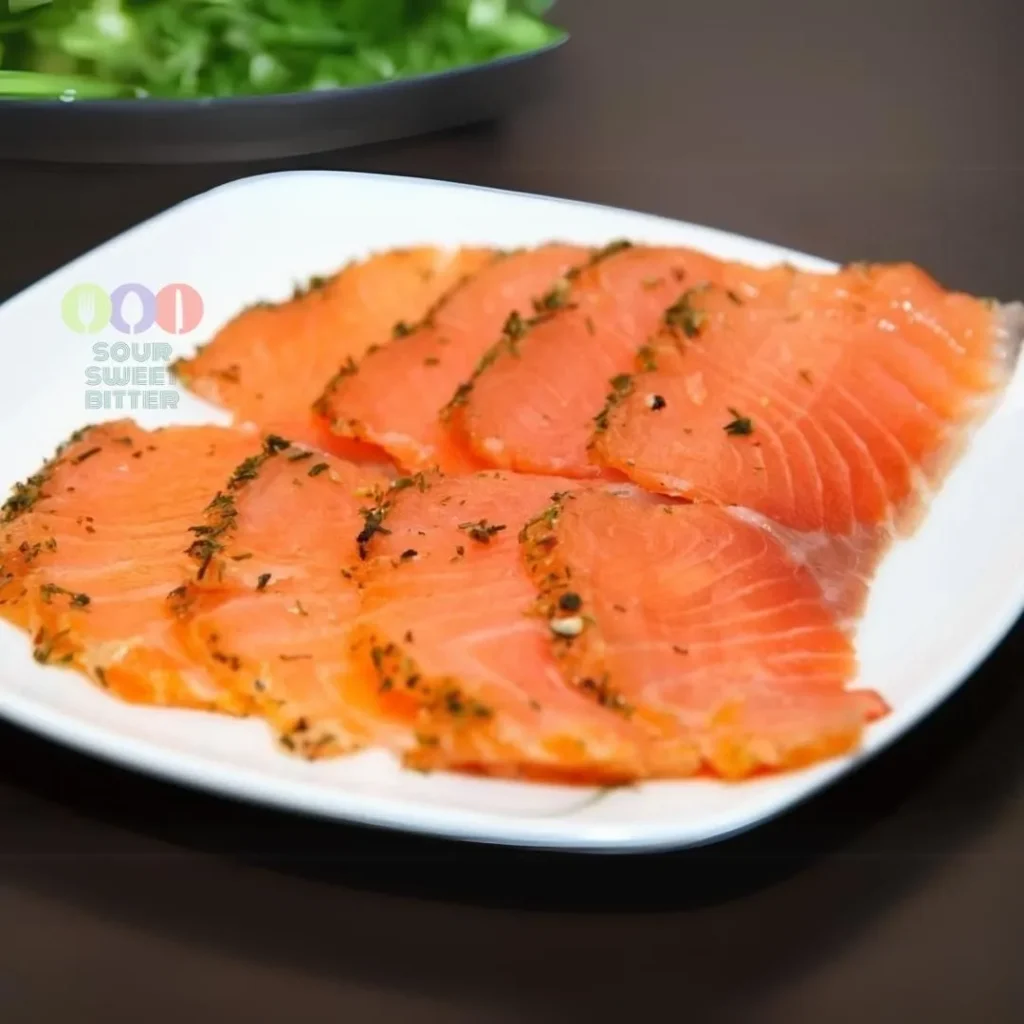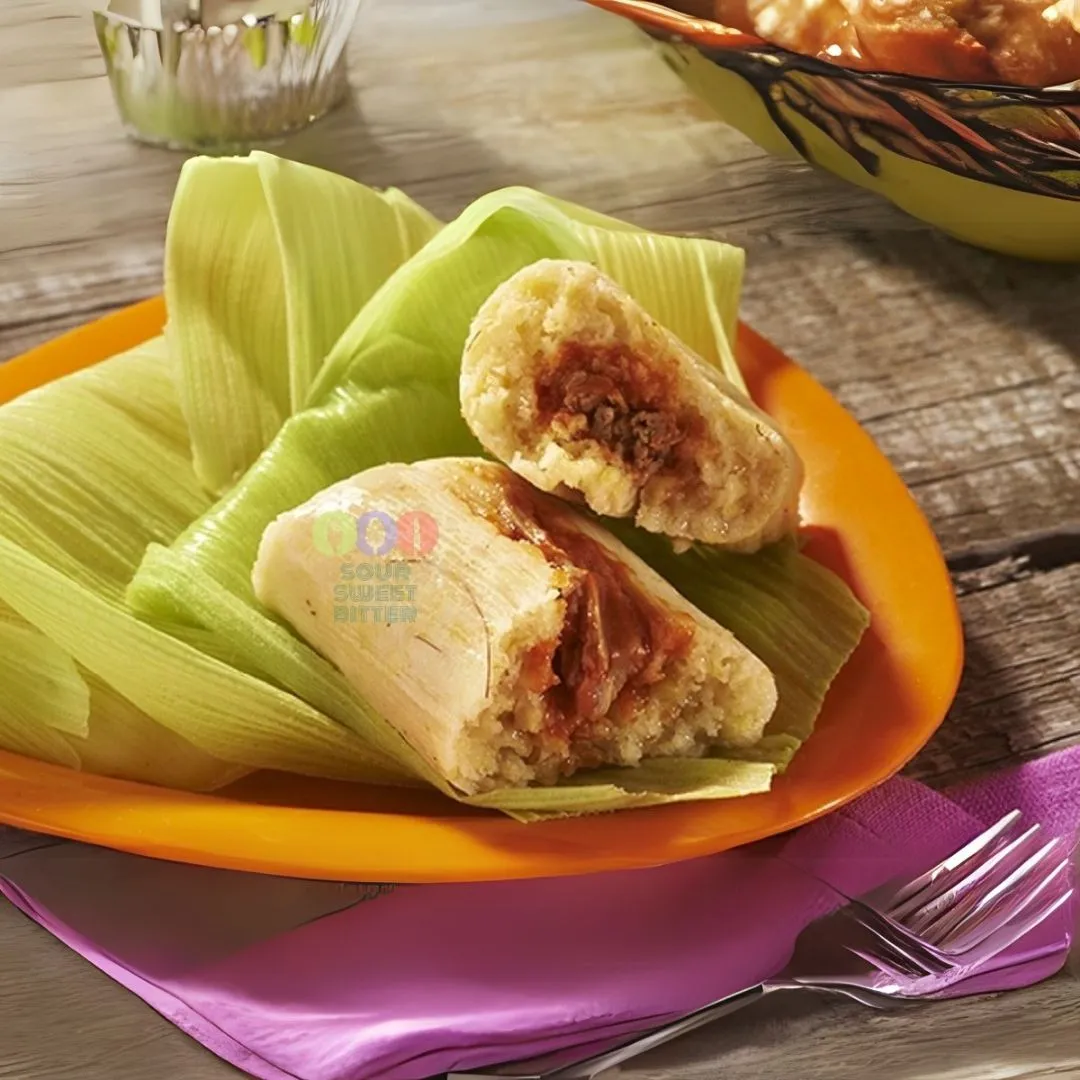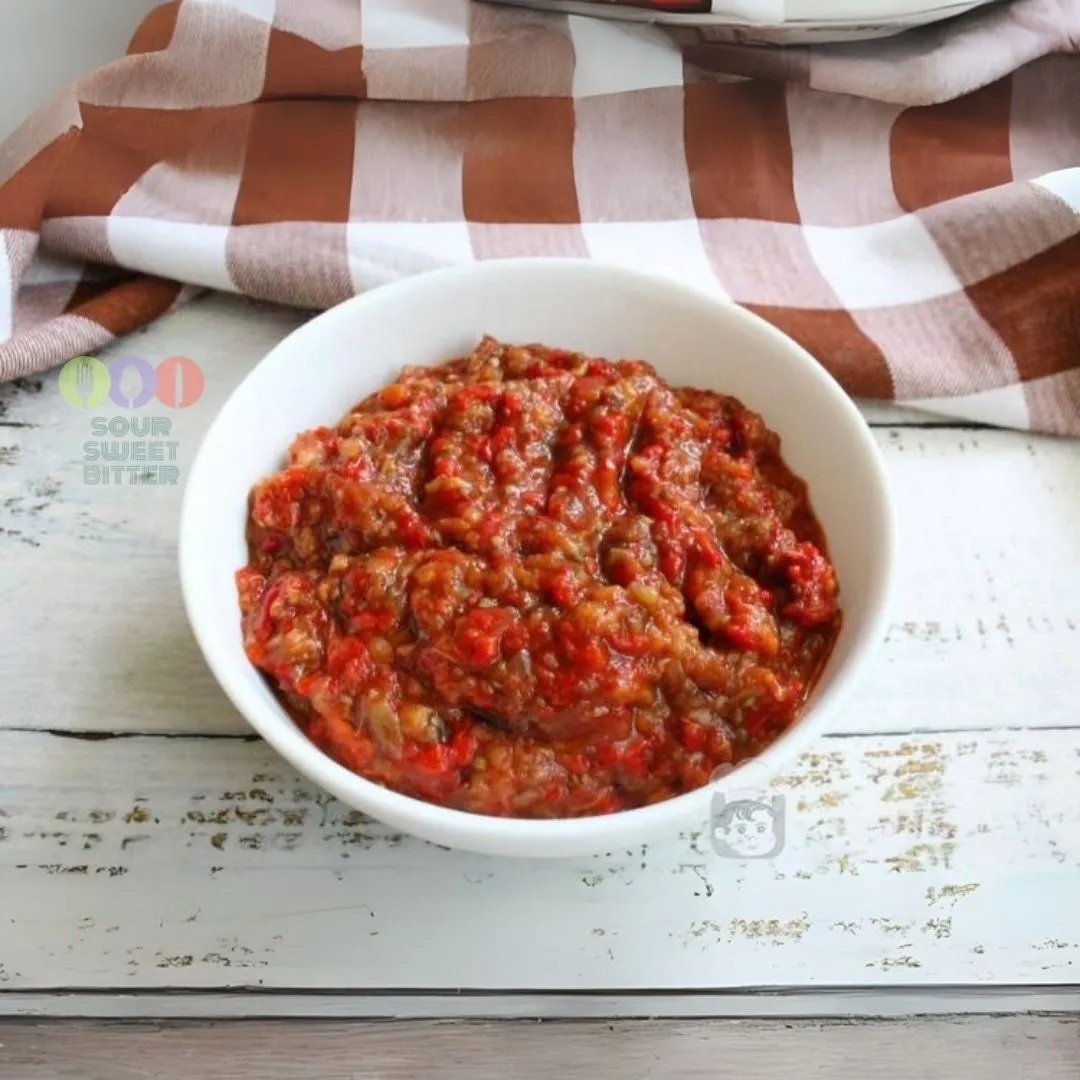Gravlax: A Timeless Taste of Tradition and Modern Culinary Artistry
Gravlax, a classic Swedish dish, masterfully blends ancient traditions with contemporary culinary flair. This delicately cured salmon, seasoned with dill, salt, and sugar, is more than just a meal; it’s a cultural icon that showcases the rich culinary history of the Nordic region.
A Journey Through History and Celebration
Gravlax originated in the fishing communities of medieval Scandinavia. Fishermen devised a clever method to preserve their catch by burying salmon in the sand above the high tide line, allowing it to cure in the cool sea air. This technique ensured their salmon lasted through the harsh winters, laying the foundation for a beloved staple in Swedish cuisine.
Today, gravlax holds a special place in Swedish celebrations. It graces tables during Midsummer festivities, Christmas feasts, and family gatherings, evoking nostalgia and a sense of togetherness. Often served with traditional accompaniments like hovmästarsås (a sweet mustard sauce), rye bread, and pickled cucumbers, gravlax creates a delightful symphony of flavors that embodies Scandinavian hospitality.
Culinary Creativity and Global Influence
Modern chefs have embraced gravlax as a canvas for culinary innovation. While the classic recipe remains a favorite, contemporary variations include ingredients like juniper berries, citrus zest, and vodka. This versatility allows gravlax to shine in various dining settings, from casual brunches to upscale gourmet dinners.
Gravlax’s appeal has transcended Swedish borders, gaining popularity in gourmet restaurants and home kitchens worldwide. Food enthusiasts are drawn to its rich flavors and beautiful presentation. The rise in global awareness reflects a growing appreciation for artisanal and homemade foods. Gravlax stands as a testament to the beauty of simplicity and quality ingredients.
Gravlax is more than just a dish; it’s a celebration of heritage, community, and innovation. It embodies the spirit of Swedish cuisine, where tradition meets modernity. Whether enjoyed at festive gatherings or as part of everyday meals, gravlax continues to enchant palates and bridge generations. As this culinary treasure gains recognition worldwide, it invites us to savor the stories and traditions behind each delicate slice.
Discover Traditional Swedish Recipes Discover Traditional Recipes from Europe You may like this also: Chilean Palta Reina 🎄 See More Christmas Recipes 🎄Ingredients
Instructions
-
In a small bowl, combine the coarse sea salt, sugar, and crushed black peppercorns.
-
Rinse the salmon under cold water and pat it dry with paper towels. Make sure there are no bones in the fillet.
-
Place a large piece of plastic wrap on your work surface. Spread half of the chopped dill on the plastic. Sprinkle half of the salt-sugar mixture on top of the dill.
-
Place the salmon fillet, skin-side down, on top of the dill and curing mixture. Pour the optional vodka over the salmon (this adds extra flavor but isn’t necessary).
-
Spread the remaining salt-sugar mixture over the salmon flesh. Add the rest of the chopped dill on top.
-
Tightly wrap the salmon in the plastic wrap, ensuring it's completely covered. Place the wrapped salmon in a dish or tray and weigh it down with something heavy (like a can or a pan) to help press the flavors into the fish.
-
Place the salmon in the fridge for 48 to 72 hours. Turn the fish over every 12 hours, redistributing the liquid that forms during curing.
-
After curing, remove the salmon from the plastic wrap and scrape off the dill and excess curing mixture. Use a sharp knife to slice the salmon thinly on the diagonal.
-
Your homemade Swedish Gravlax is ready. Smaklig måltid!
Note
Serving suggestion:
Gravlax is traditionally served with hovmästarsås (a mustard-dill sauce) alongside rye bread or crispbread. You can also serve it with boiled potatoes, a green salad, or on its own as an appetizer.











